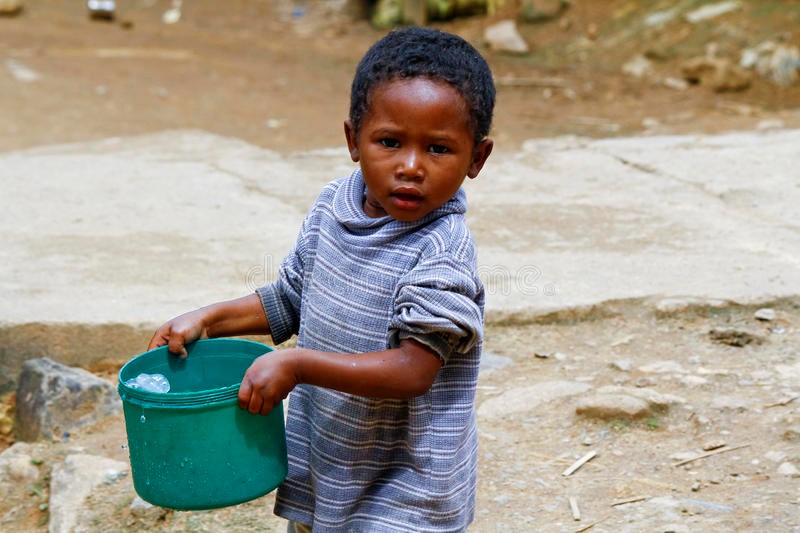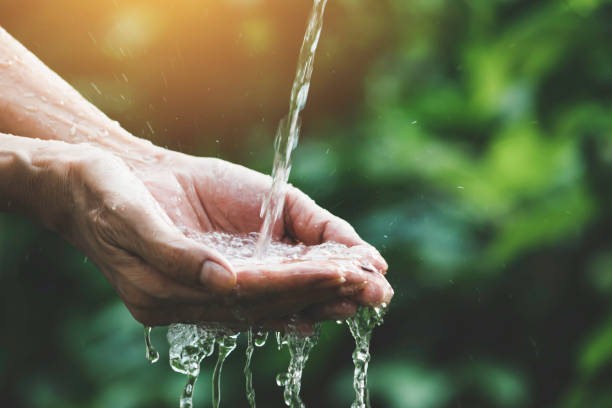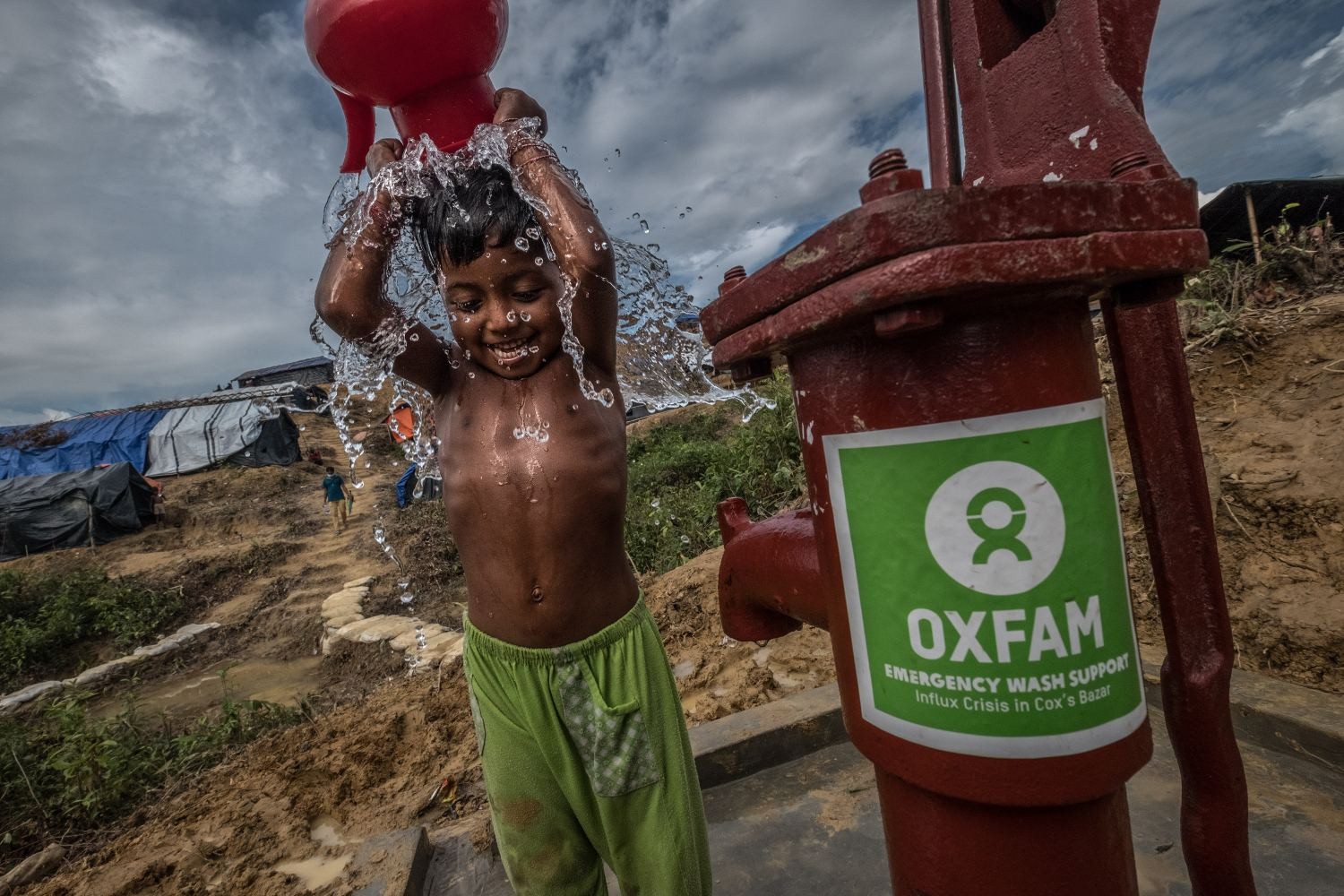 Water Scarcity
Water Scarcity
Water scarcity is both a natural and a human-made phenomenon. There is enough freshwater on the planet for seven billion people but it is distributed unevenly and too much of it is wasted, polluted and un-sustainably managed. (UN)
Lack of Reliable Access
Nearly 2.2 billion people globally lack reliable access to safely managed drinking water. (WHO and UNICEF, 2019)
40% in Sub-Saharan Africa
Almost 40% of those without an improved source of drinking water live in Sub–Saharan Africa. (UN 2014)
In East Africa, water scarcity is a burden on women and girls and a barrier toward education and economic equality.
The Responsibility of Water Collection
Women and girls are responsible for water collection in 8 out of 10 households where water is not piped into the home. (WHO and UNICEF, 2017)
3.5 Miles a Day to Collect Water
Women and girls in developing countries walk an average of 3.5 miles every day to fetch water. (USAID, 2013)
Lack of Sanitation
Lack of sanitation facilities (with clean water) for girls reaching puberty makes them more likely to miss school than boys. (WHO and UNICEF, 2019)
Water scarcity and contamination are dangerous to health and the sources of preventable disease and death.

Water Diseases
Contaminated water can transmit diseases such diarrhea, cholera, dysentery, typhoid, and polio. Contaminated drinking water is estimated to cause 485,000 diarrheal deaths each year. (WHO)
Child Mortality
The impact on child mortality rates is devastating with more than 297,000 children under five who die annually from diarrhoeal diseases due to poor sanitation, poor hygiene, or unsafe drinking water. (WHO, 2019)
Lack of Hand Washing Facilities at Home
Water scarcity negatively impacts the availability of hand washing facilities. 1 in 3 people, or 2.3 billion, around the world lack basic hand washing facilities at home. (WHO and UNICEF, 2021)
There is a failure in the water aid industry to provide reliable and lasting clean water solutions to the communities that need it.

60% Failure Rate
60% of water projects in Africa fail on average, forcing communities to return to unsafe water sources.
Built and Abandoned
Less than 5% of water projects are visited after they’re constructed, and less than 1% are monitored long-term, (World Bank, 2011).
No Training & Support
Communities where water projects fail are often not provided with the training and support required to maintain and manage their water systems.
Because of the education, maintenance, and support provided before and after water projects are implemented, 100% of Well Adware’s water systems continue to provide lasting clean water to their respective communities.
Vardhman Envirotech
India’s Passionate rainwater company
This article is published on: –
We would like to spread this for the benefit of fellow Indians.
